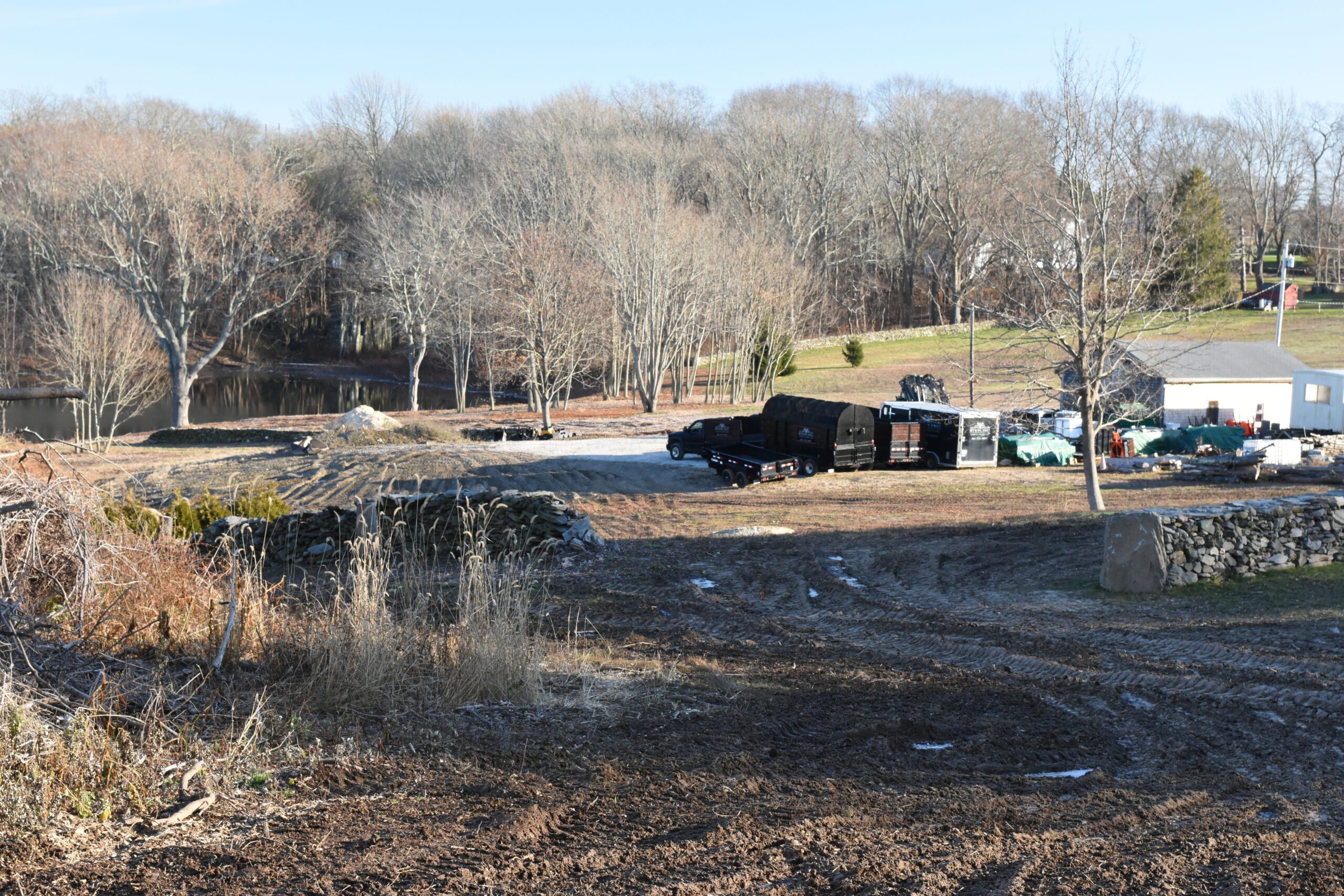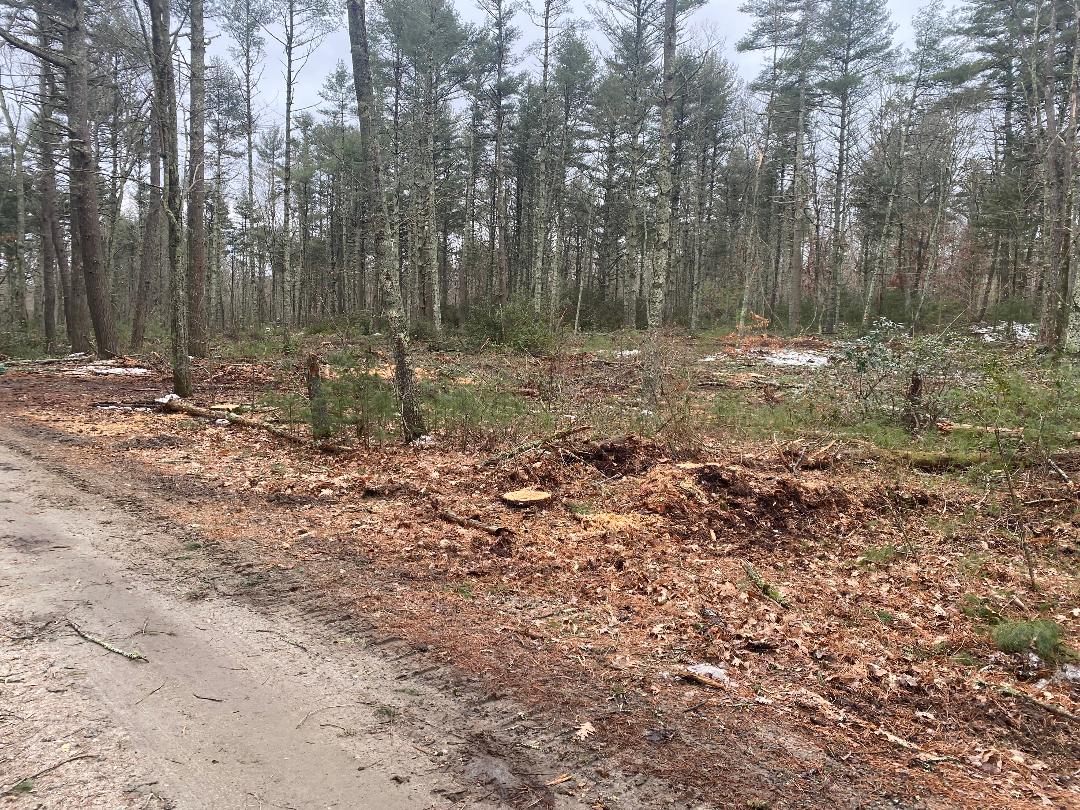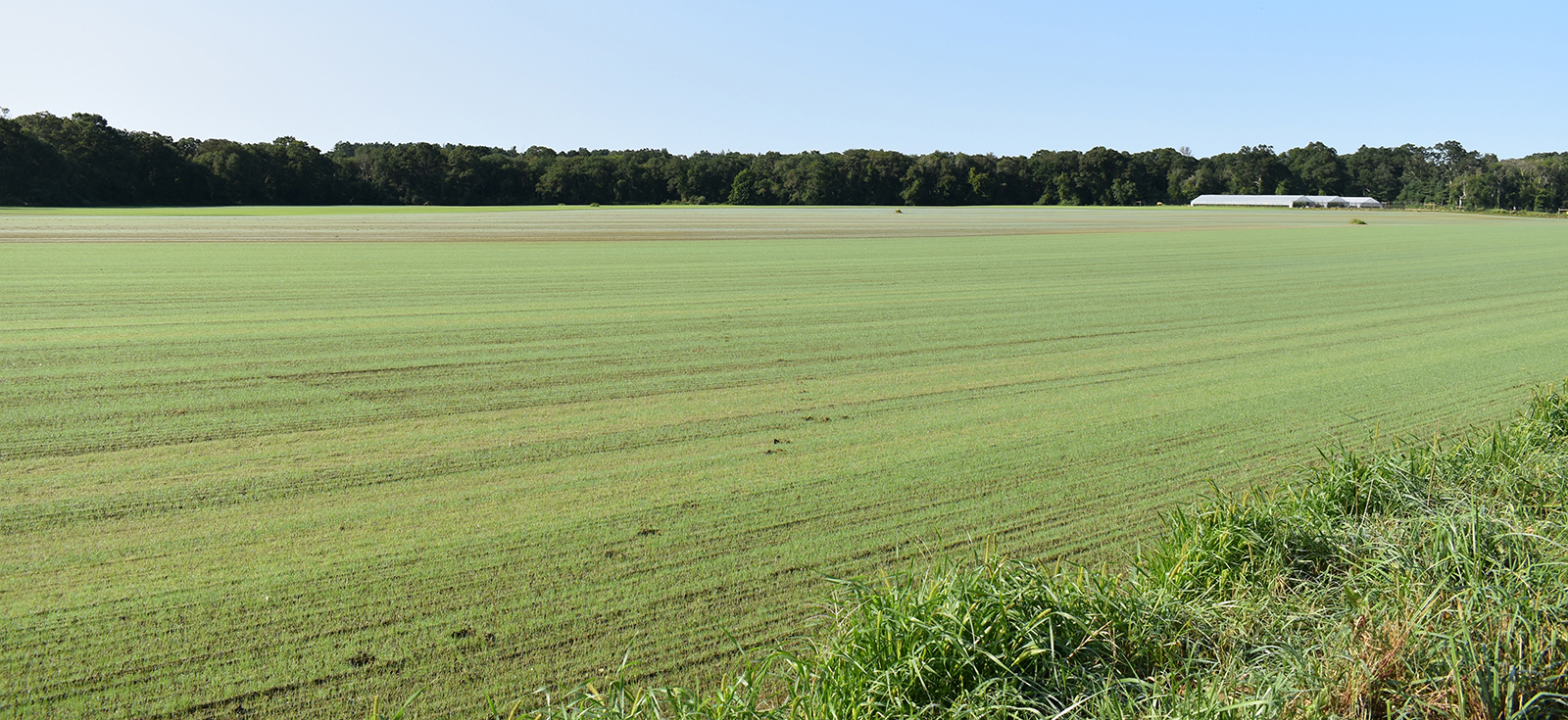Trio of Healthy Mature Providence Trees On Chopping Block
National Grid and city say trees need to go to make way for new underground transmission lines
June 10, 2020
In Betty Smith’s “A Tree Grows in Brooklyn” she writes, “Who wants to die? Everything struggles to live. Look at that tree growing up there out of that grating. It gets no sun, and water only when it rains. It’s growing out of sour earth. And it’s strong because its hard struggle to live is making it strong.”
The three middle-aged London planetrees lining South Main Street in Providence have weathered wind, acid rain, smog, bitter soil, and inconsiderate humans; they stand tall and strong.
But the city and its progress now has no room for them.
Notices from National Grid, with the consent of city officials, were taped or stapled onto their trunks in late May to notify passersby of the trees’ impending removal. The reason? To replace two aging underground transmission lines as part of the multinational corporation’s Power4Tomorrow initiative. This initiative is described as “an investment in the city’s electrical transmission infrastructure aimed at reinforcing the safe and reliable delivery of power throughout the Downtown Providence area, and beyond, for years to come.”
The notices fastened to the trees also state that in accordance with the city’s tree ordinance, National Grid is required “to replace all the diameter lost of the trees removed.”
For Qianyi Zhang, a Providence-based designer, and Ilona Miko, president at MikoArtScience, who both volunteer with the 10,000 Suns sunflower project near the London planestrees, replacing lost diameter isn’t enough.
“We think of this area as public space, and by that name, a living infrastructure that is equally important to utility infrastructure,” Miko said.
Zhang, Miko, and other concerned residents wrote a Google Docs letter, signed by 230 people, to National Grid decrying the trees’ removal.
“We wanted the letter to be accessible, and to look like what it is — as a voice of collective unrest and dissatisfaction and concern about the actual evidence of the environmental impact of these trees, and also the evidence of community input to the destruction of these trees, which we consider part of the public space of that area,” Miko said.
The letter notes that although National Grid promises to replace the diameter lost by the removal of the three trees, a few saplings isn’t the same as fully grown trees.
“As we recognize the destruction of trees is made with care and is in accordance with the Providence Tree Ordinance, we also recognize that trees like these are not replaceable by canopy equivalents,” according to the letter.
While their age isn’t officially recorded, Miko talked about a recent an encounter with two members of Local Union 1322 on South Main Street who remember the trees from their childhood.
“As I have spent time there checking on the signs or putting up new information, I’ve had a lot of people walk by and inquire,” Miko said. “I had the good fortune to encounter a man named Wayne and his older friend. Wayne is 60 years old … and Wayne said when he was 10 he used to run around this area and it was full of trees, so he remembers them from when he was 10 years old. So, I inferred from those two eyewitness accounts … that the trees were probably around 50 years old.”
Trees can take upwards of 30 years to reach full maturity, meaning the London planes are some of the only mature adult trees on the former Interstate 195 land.
“If you look around in that area, there aren’t many mature trees, many of the trees are pretty tiny and were probably planted in the past 20 years,” Zhang said. “But these trees are exceptionally big, which is very valuable in the urban environment because they provide shade which can help alleviate the urban heat-island effect, and they also help clean stormwater runoff.”
The three sentinel London planes have provided a lot to a city that prides itself on pursuing progressive sustainability efforts.
To quote Smith again, “If there was only one tree like that in the world, you would think it was beautiful. But because there are so many, you just can’t see how beautiful it really is.”
A virtual community information session hosted by National Grid is scheduled for June 11 at 6 p.m.




Senseless tree removal. Route the electric lines in the road, under the pavement, or behind the side walk. Simple. Lazy approach to avoiding preservation, conservation.